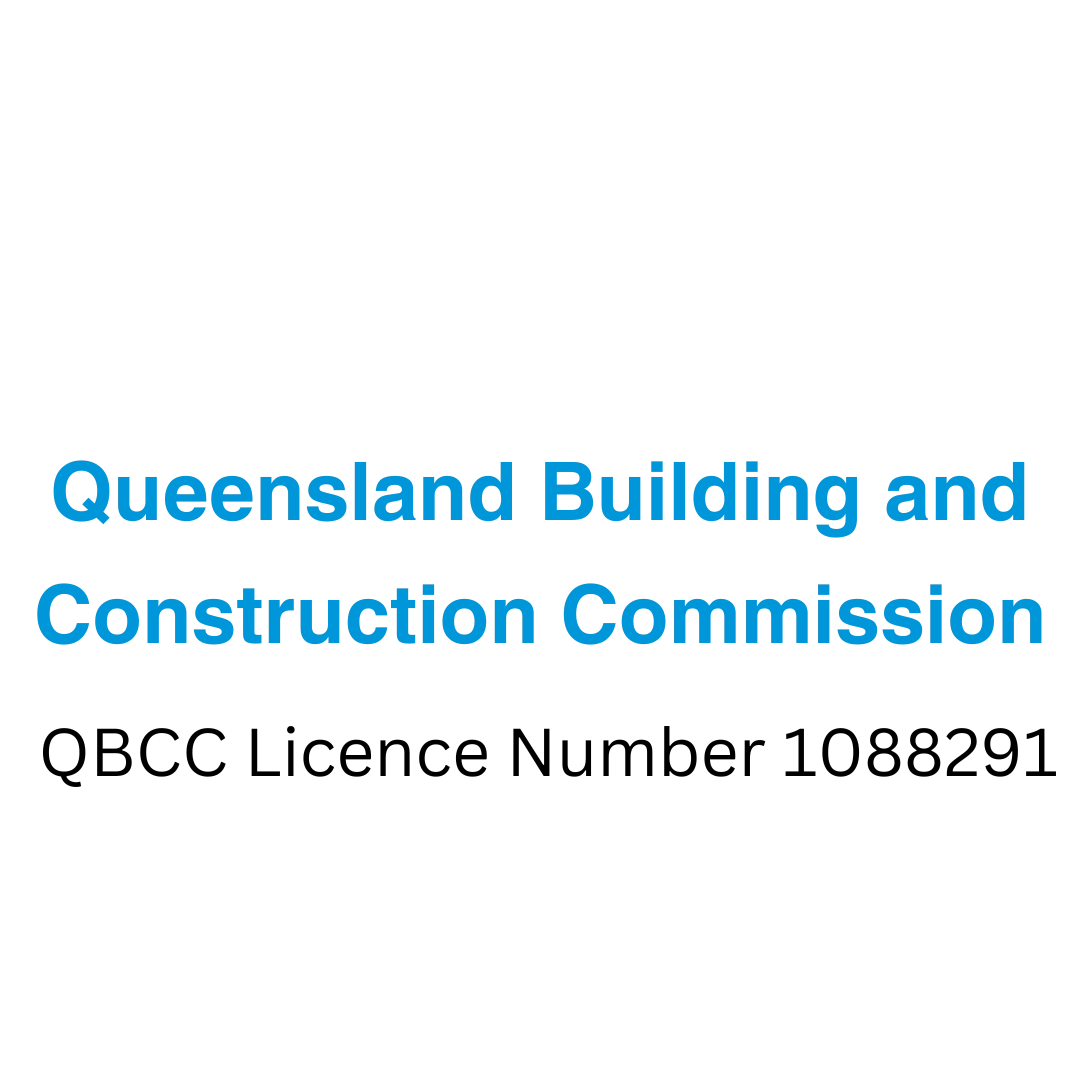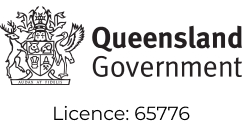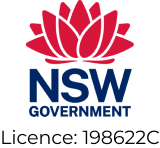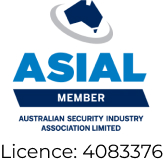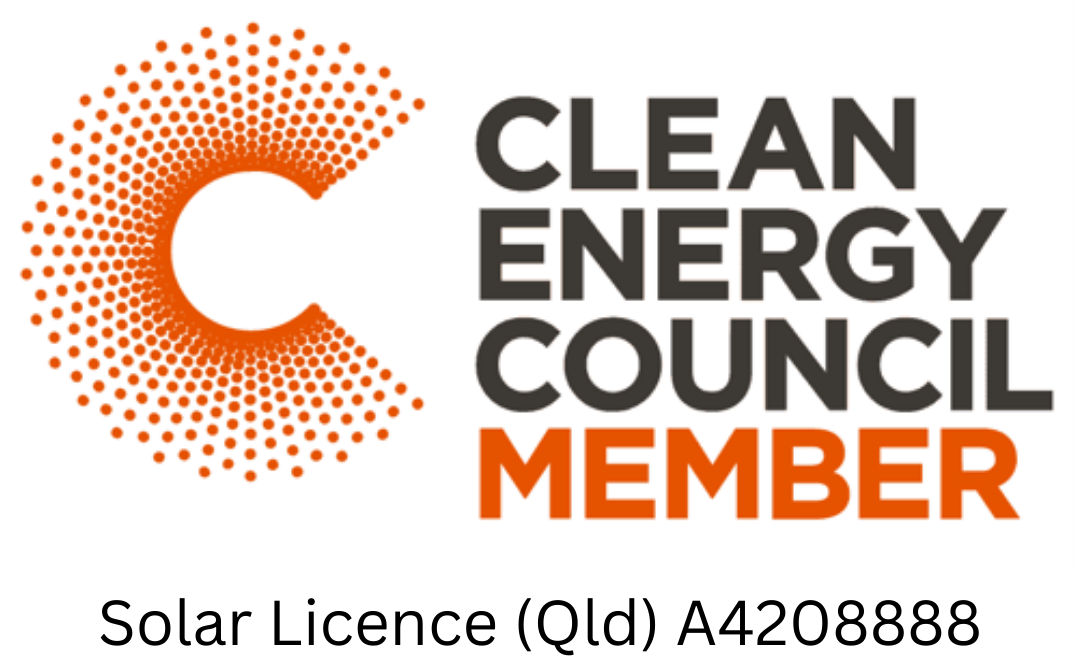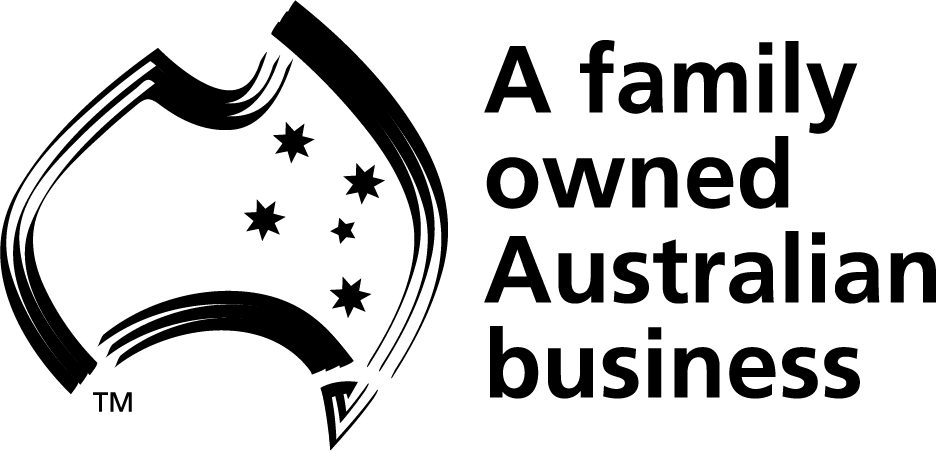Safety switch regulations and how they affect you
Safety Switches Save Lives
Safety switches also known as a safety disconnect switch or emergency stop switch are a crucial safety device that ensures your safety from an electrical fault. The significance of incorporating safety switches in both residential and commercial environments cannot be overstated. We all know we can’t be careful enough when it comes to electricity so when something goes wrong with any of your electrical devices prompt action is crucial. This action takes place when a safety switch is triggered by an electrical fault it will shut off the electricity supply and in turn prevent accidents, protect individuals from harm, and avert damages across industrial, commercial, and domestic settings.
Reading your safety switch
Safety switches are often designed to be easily accessible and identifiable to ensure quick and efficient activation or deactivation in times of emergencies or regular maintenance procedures. This design approach helps minimize response times, reduce the risk of human error, and enhance overall safety levels in various settings, ranging from industrial environments to household appliances. By incorporating distinctive colors, clear labels, intuitive placement, and user-friendly mechanisms, safety switches aim to empower users with the ability to swiftly take control of potentially hazardous situations, promoting a culture of safety and responsible operation.
Current Australian Safety Switch regulations
In Australia, safety switches are commonly referred to as Residual Current Devices (RCDs) or combination RCDs and circuit breakers and must be installed by a licensed electrician. The safety regulations and standards in Australia are based on AS/NZS 3000:2018, also known as the Wiring Rules or the Australian/New Zealand Wiring Rules require the installation of RCDs for circuits that supply power to socket outlets used for general purposes in residential installations. This includes power outlets in bathrooms, garages, outdoor areas, and other locations. RCDs help protect against electric shock by quickly disconnecting the power if an imbalance in current is detected.
How do these regulations affect me?
Safety switch regulations can have a significant impact on you, especially in terms of your safety and the safety of those around you. It’s important to stay informed about safety switch regulations that apply to your specific situation. Regulations can vary by location, type of property, and type of installation, so consulting local electrical authorities, government resources, or qualified professionals is recommended to ensure that you’re complying with the latest requirements and prioritizing safety. Here’s how safety switch regulations might affect you:
- New Installations and Alterations: When new electrical installations are carried out or alterations are made to existing installations, RCDs should be installed to provide protection to the newly added circuits.
- Swimming Pools and Spas: In many states, safety switches are required for electrical circuits supplying power to swimming pools and spa equipment. This is to prevent electric shock incidents in wet environments.
- Switchboard RCDs: AS/NZS 3000 recommends that RCDs be installed at the main switchboard to provide a higher level of protection for the entire installation. This includes protection for lighting and other fixed appliances.
- Personal Safety: Safety switch regulations are designed to minimize the risk of electric shock and electrical fires. By ensuring the proper installation and use of safety switches (also known as Residual Current Devices or RCDs), these regulations help protect you, your family, and anyone who interacts with electrical installations.
- Electrical Installations: If you’re building a new home, renovating, or making electrical alterations, safety switch regulations will likely require the installation of safety switches in certain areas of your property. This might include sockets in wet areas like bathrooms and kitchens, outdoor power outlets, and circuits supplying power to swimming pools and spas.
- Rental Properties: If you’re a landlord or tenant, safety switch regulations could impact you. Landlords are often responsible for ensuring that rental properties are compliant with safety switch requirements, and tenants should be aware of their rights and responsibilities regarding electrical safety in the property they’re renting.
- Buying or Selling Property: Safety switch regulations might be a consideration when buying or selling property. Ensuring that a property is compliant with safety switch requirements can impact its value and desirability.
- Electrical Contractors: If you’re an electrical contractor or electrician, safety switch regulations govern your work. You’ll need to ensure that you’re installing safety switches correctly, conducting necessary testing, and adhering to the latest standards and regulations.
- Businesses and Workplaces: Businesses and workplaces are often subject to safety regulations that include safety switches. This ensures the protection of employees, customers, and anyone interacting with the business’s electrical systems.
- Liability and Insurance: Non-compliance with safety switch regulations could have legal and insurance implications. Ensuring compliance helps mitigate risks and liabilities associated with electrical accidents.
- Peace of Mind: Knowing that safety switches are installed correctly and functioning as intended provides peace of mind for homeowners, renters, and business owners. It reduces the risk of electrical accidents and promotes a safer living and working environment.
- Emergency Response: In the event of an electrical fault or emergency, having properly functioning safety switches can make a significant difference in preventing or minimizing harm. Safety switches provide a quick way to disconnect power and prevent further danger.
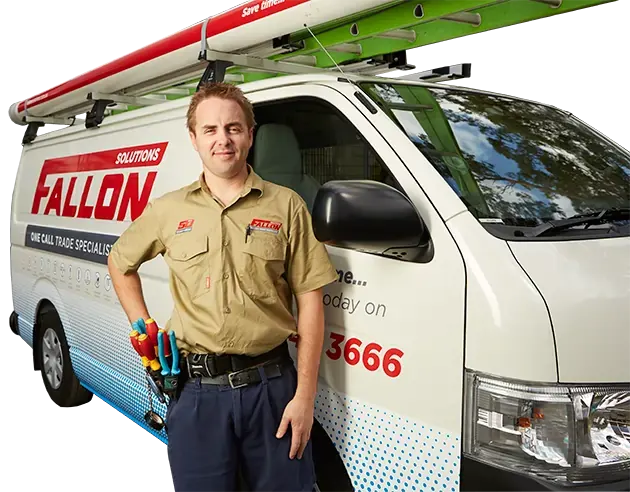
Safety First with Fallon Solutions
Testing and maintenance of your home or business safety switch is imperative to ensure they are functioning correctly. Call Fallon Solutions on 1300 762 260 for all your safety switch needs or complete our service request form today.
